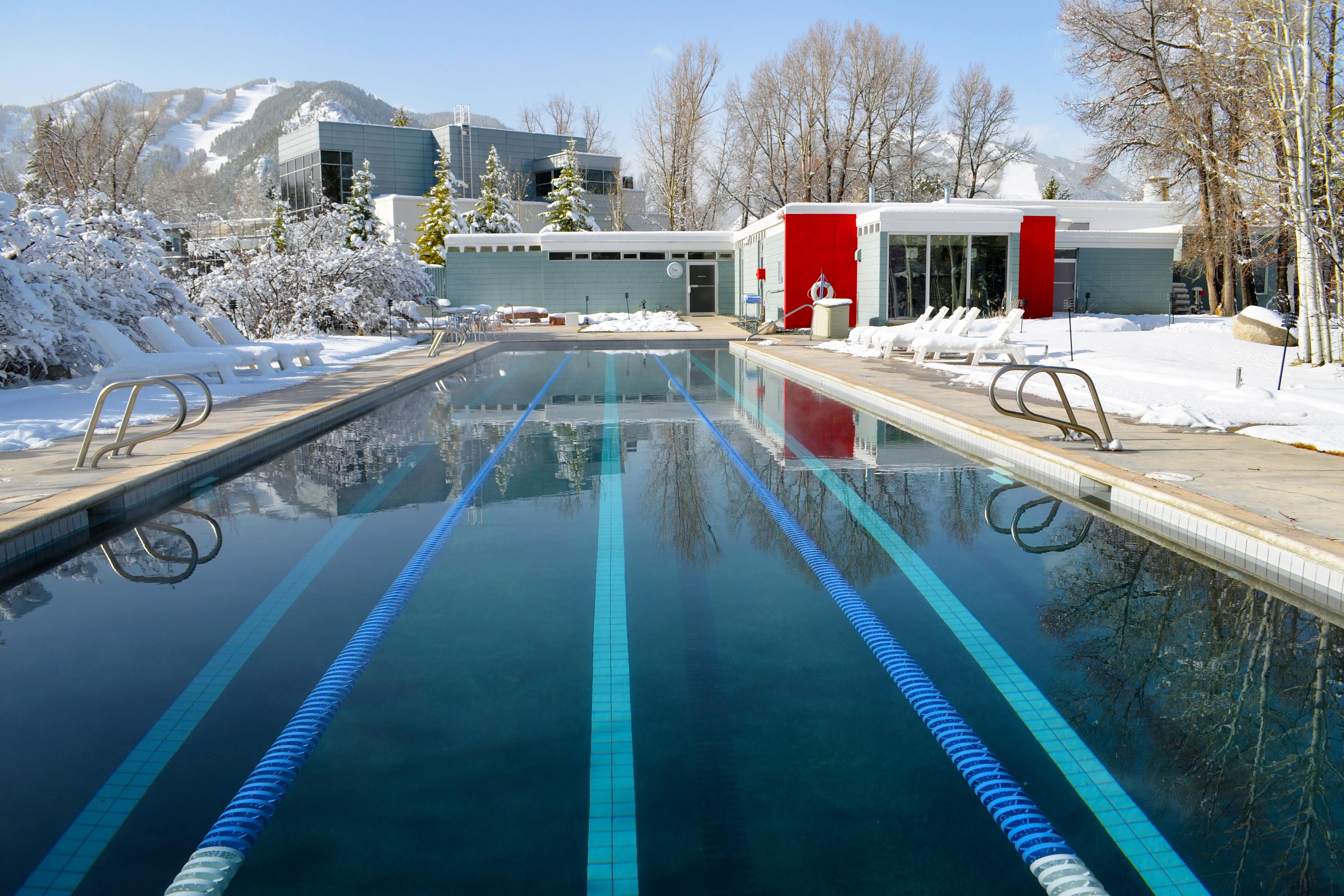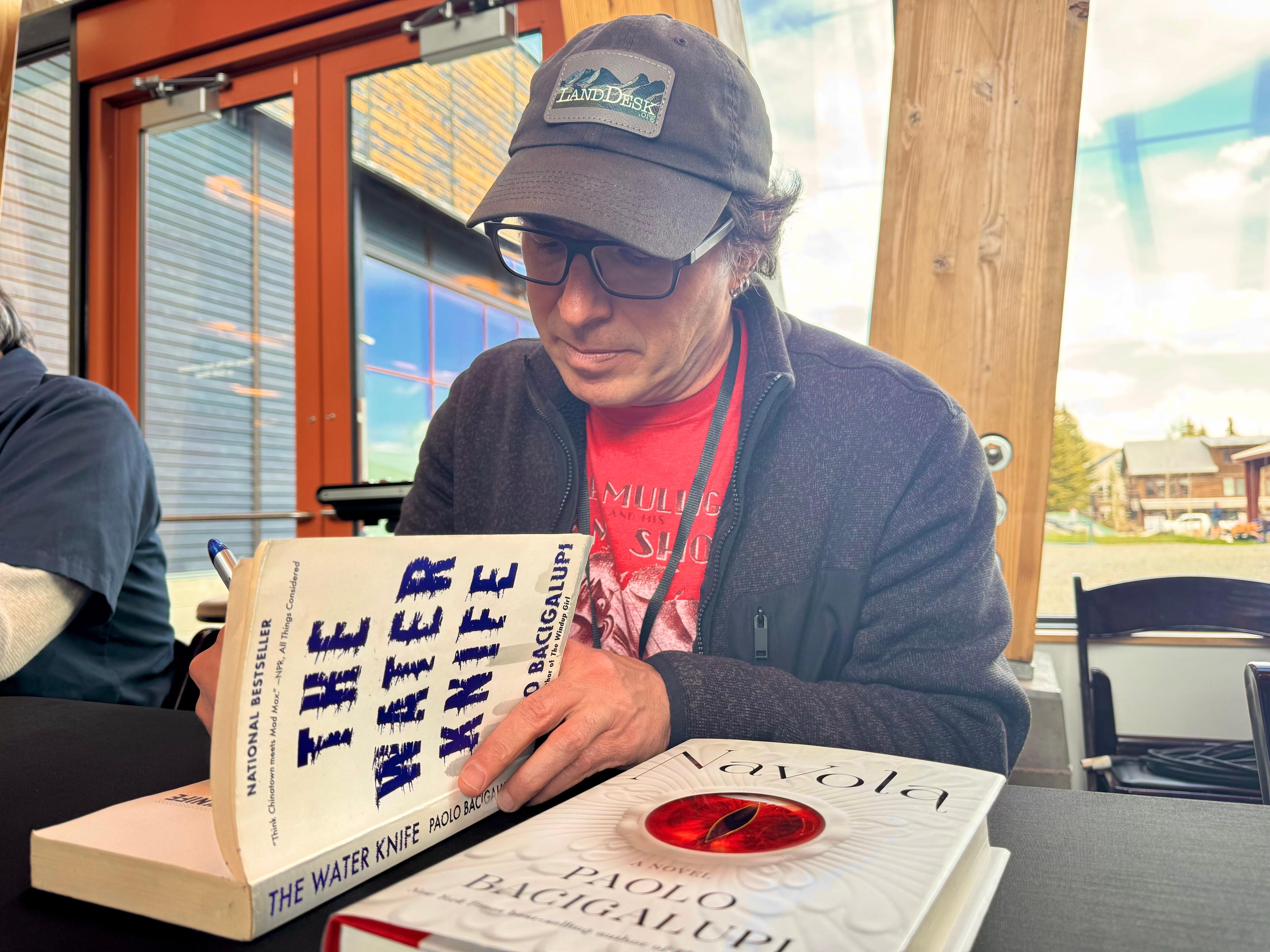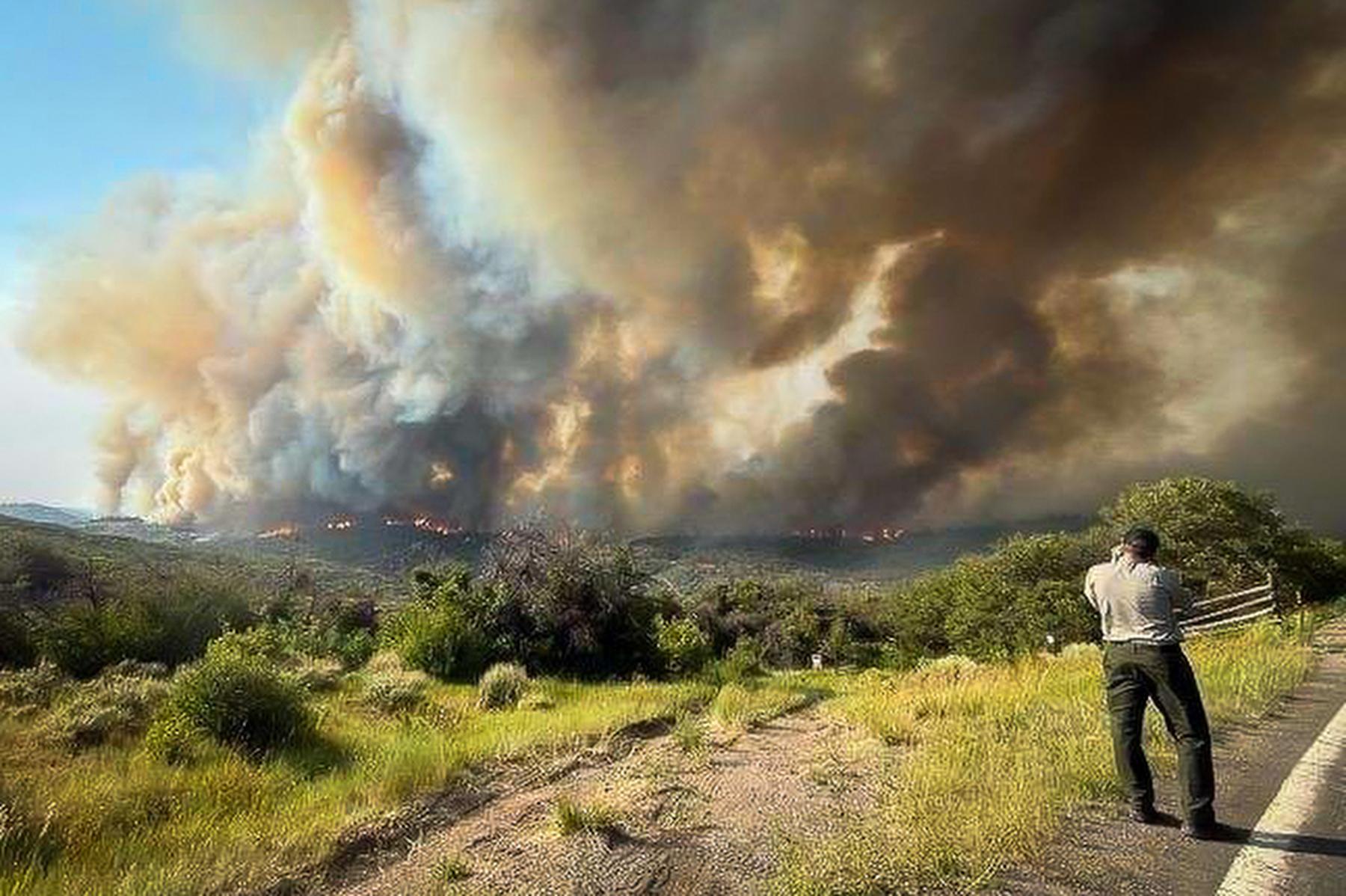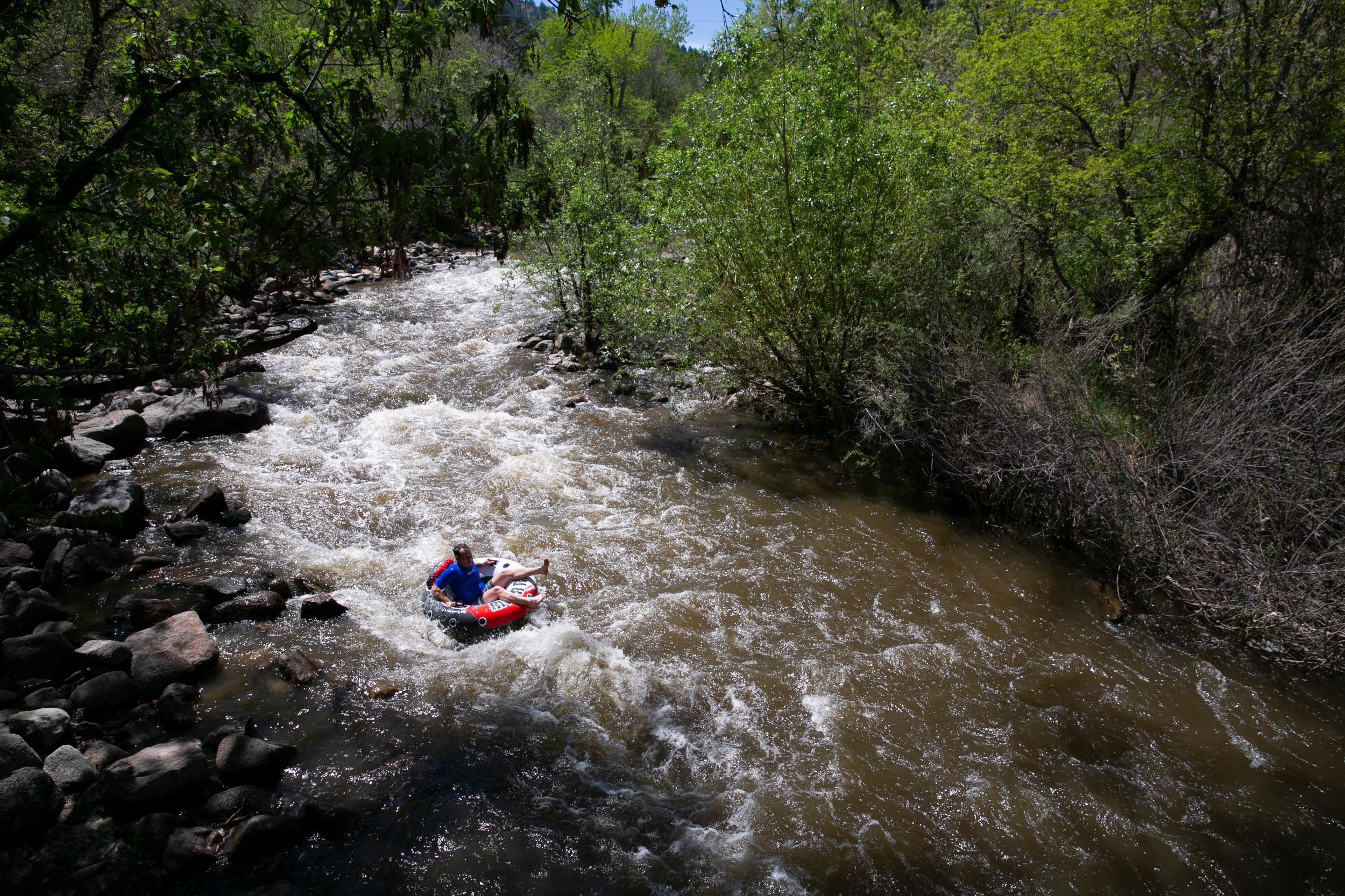

Before Aspen was a posh ski resort, known for fresh powder, fine dining and high-end stores, it was a relatively unknown mining town. Then, in the 1940s, businessman Walter Paepcke and his wife Elizabeth came to town and decided to turn Aspen into an intellectual and cultural destination.
To help them achieve this, they recruited Herbert Bayer.
The Austrian-born artist, designer and architect moved to Aspen in 1946. He was a pupil of Walter Gropius, who founded the Bauhaus modernist art school in Weimar, Germany in 1919. Bayer also became a master teacher with the famous art school, which closed in 1933 due to political tensions with the Nazi regime.
In 2019, Germany and communities around that world will celebrate the centennial anniversary of the Bauhaus school’s philosophy and design. Aspen has a “tremendous Bauhaus influence and character because of this serendipitous invitation” from the Paepckes, Aspen Institute art curator and Bauhaus 100: Aspen program director Lissa Ballinger said.
The Bauhaus emphasized that artists should practice all disciplines of fine and applied arts and integrate them into a cohesive design. Bayer’s list of artistic practices was long and included graphic design, typeface, architecture, painting, sculpting and photography.
With Walter Paepcke, Bayer co-founded the International Design Conference. Over the course of decades, he designed much of the Aspen Institute campus as well as a number of the town’s private residences. He designed early ski advertisements and menus.
In Aspen, Bayer could fully realize his belief in the Bauhaus’ total design principle.
“Aspen was really like a Bauhaus dream in the sense that you took every aspect of life and you designed well for it,” Gwen Chanzit, curator emerita of modern art at the Denver Art Museum and director of museum studies at the University of Denver, said in a previous interview with CPR News.
Bayer’s work can also be seen in the state’s capital city. The 85-foot “Articulated Wall” was Bayer’s final completed commission before he died in 1985. You’ve probably caught a glimpse of the canary yellow sculpture driving along I-25 near central Denver.
The Bauhaus 100: Aspen celebration officially kicks off Wednesday night at the Limelight Hotel with a panel discussion about the influence of Bauhaus, featuring Dick Carter, Aspen Art Museum co-founder and former assistant to Bayer.
There are more than 50 events planned throughout the Roaring Fork Valley for the eight-month-long celebration and more than 20 partner organizations. That includes:
- A Bauhaus-inspired snow sculpture competition at Anderson Ranch Arts Center
- An exhibition of Bauhaus materials and books at the Pitkin County Library
- A “Bayer & Bauhaus: how design shaped aspen” exhibit at the Aspen Historical Society
- The Bauhaus Ball at the Wheeler Opera House
Ballinger said a major goal for the celebration is to bring awareness to Aspen’s architecture and surroundings. “It wasn’t all accidental. It was actually quite deliberate and there were people from the very beginning of what’s called ‘modern Aspen’ who were figuring this out for all of us.”








